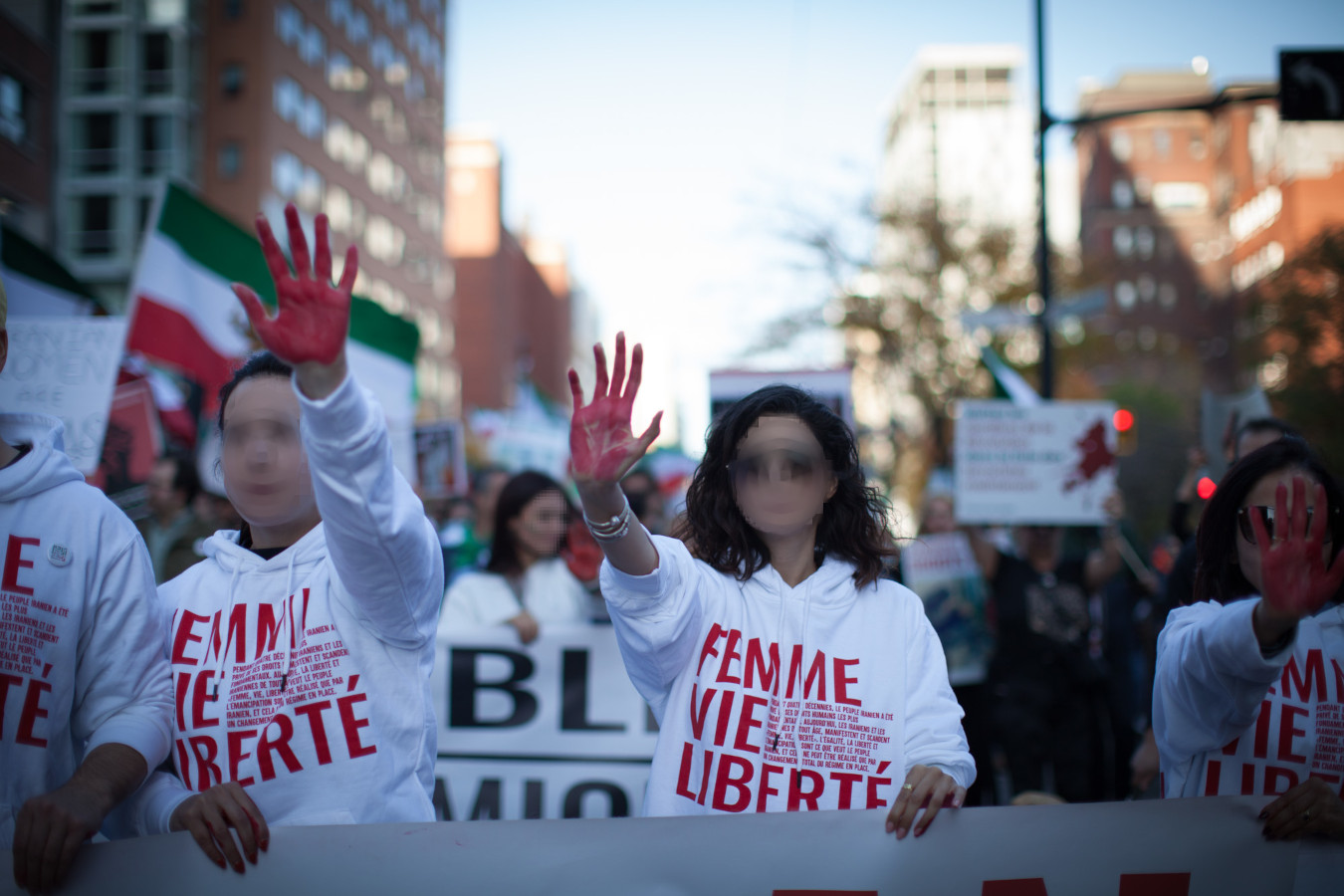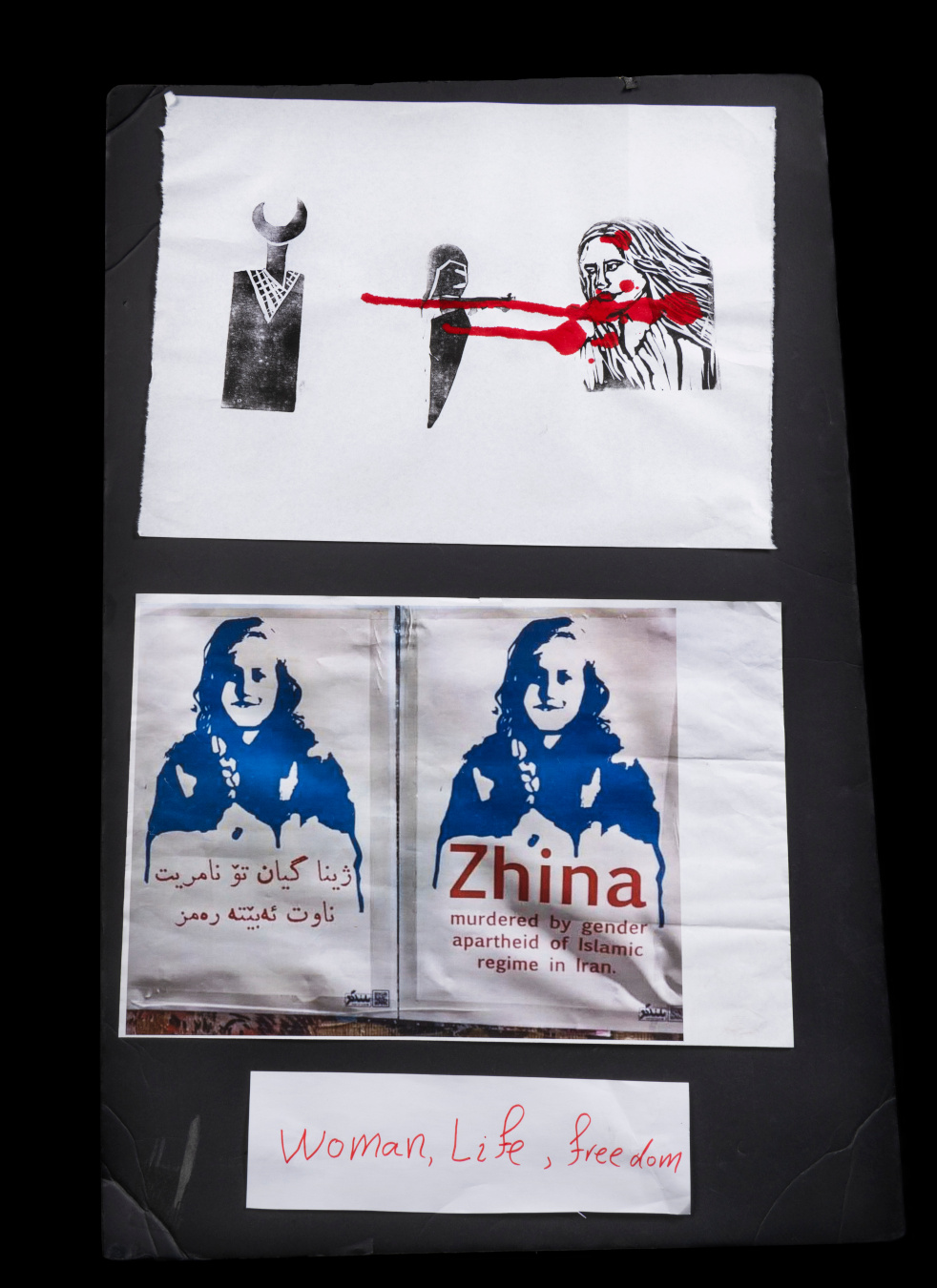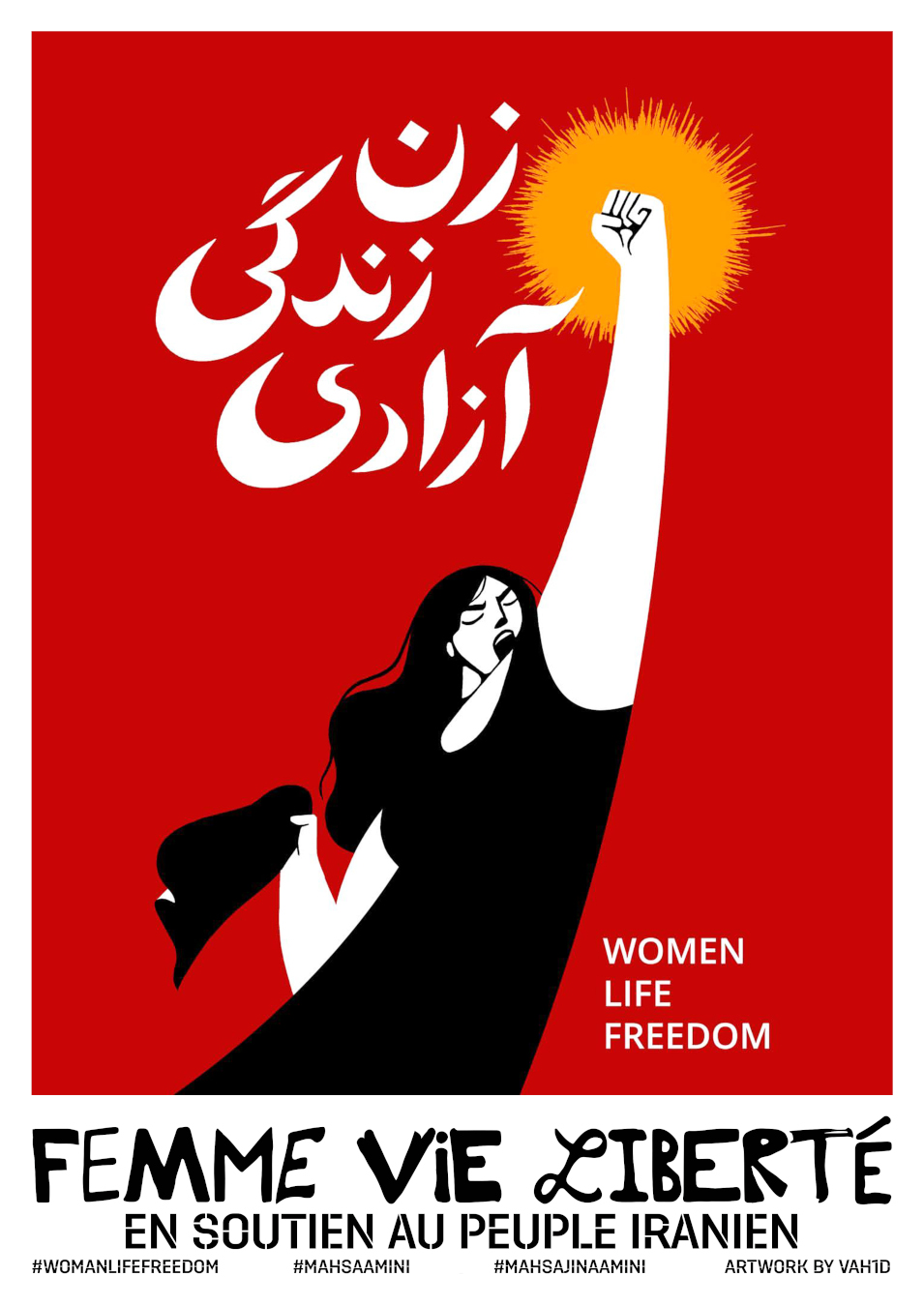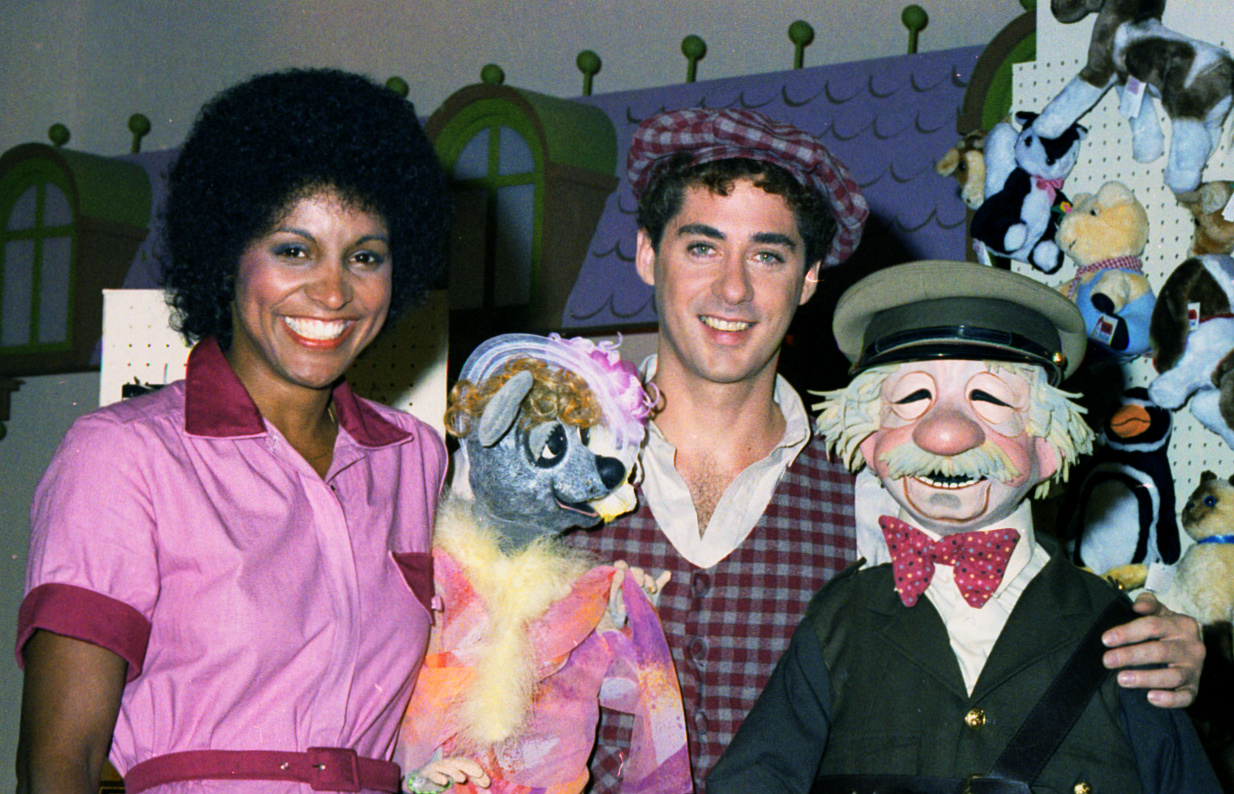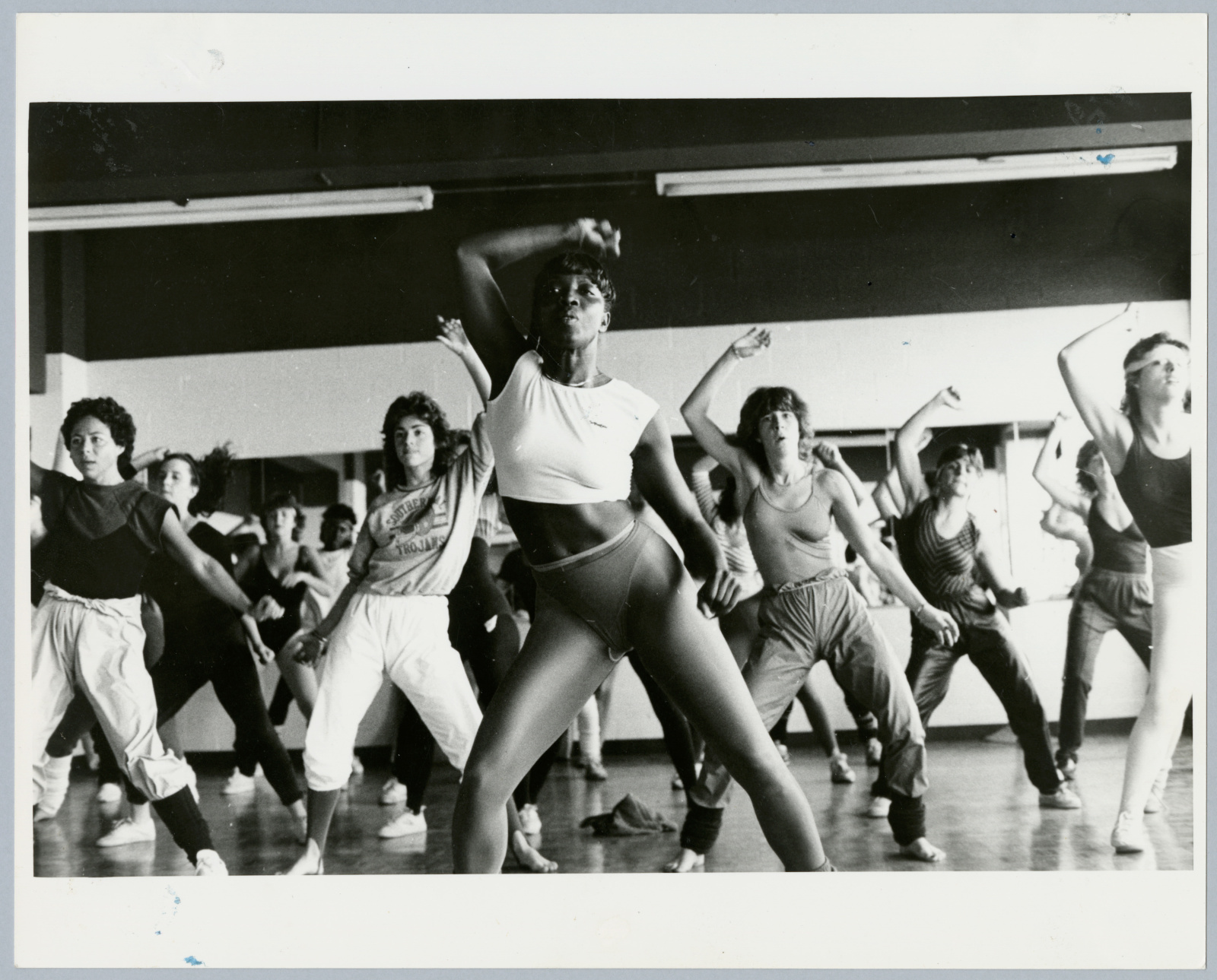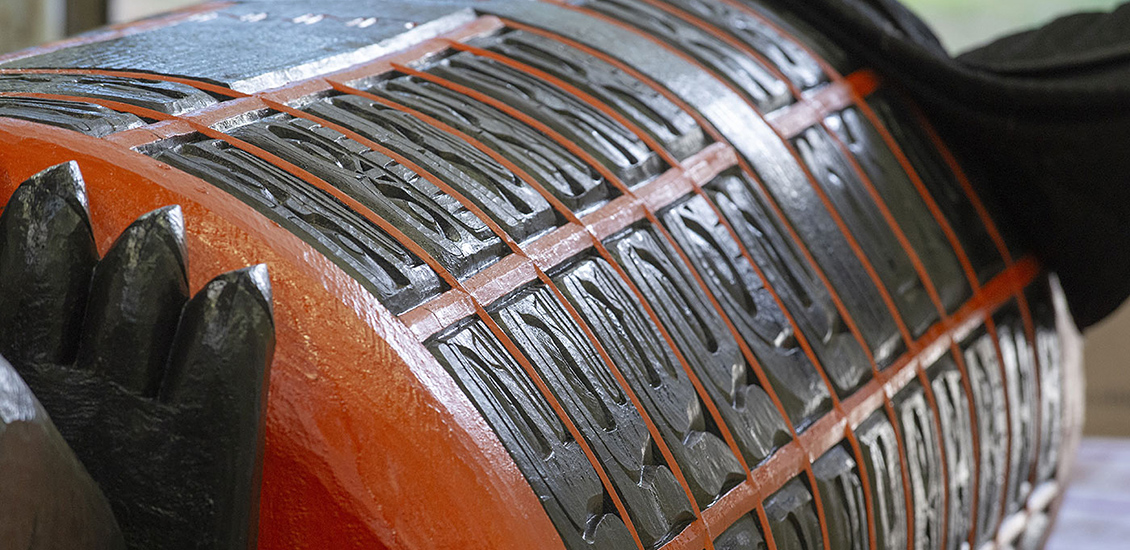On September 13, 2022, a 22-year-old Iranian Kurdish woman was visiting Tehran with her family. She was stopped and detained by the Islamic Republic’s so-called “morality police.” This branch of law enforcement persecutes women who don’t dress according to strict modesty laws. Within hours, she was hospitalized. Three days later, she was dead. Her name was Mahsa Jina Amini.
Her death set off the most widespread revolt led by women since the 1979 Revolution. It became known as the “Woman, Life, Freedom” movement after a popular Kurdish rallying cry. Protests in solidarity with the growing uprising erupted around the world, including several cities in Canada.
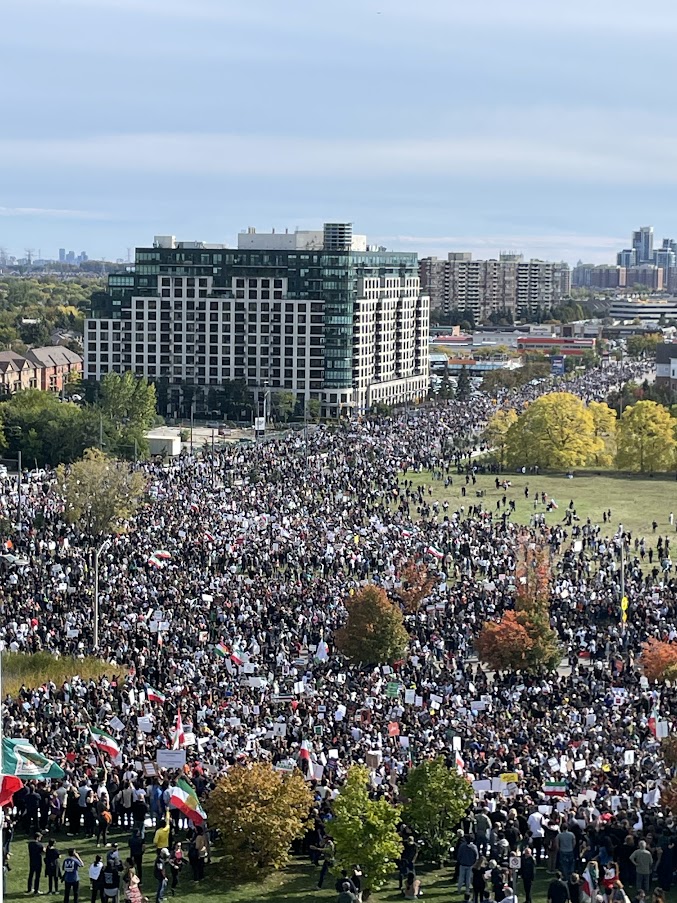
More than 50,000 protestors gathered to protest the Iranian regime in Richmond Hill on October 1, 2022.
Richmond Hill Public Library
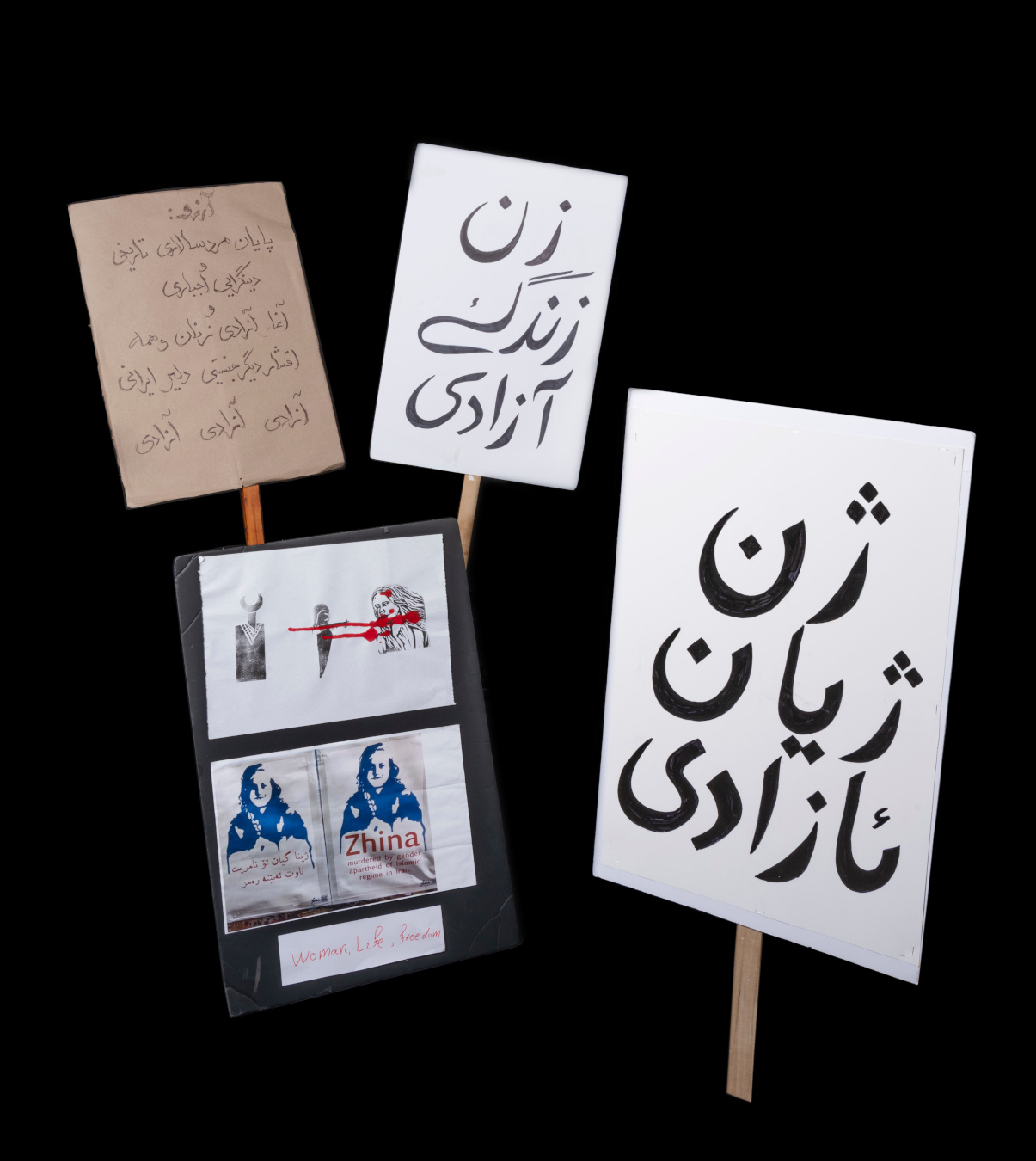
The Museum collected a variety of protest signs from “Woman, Life, Freedom” protests held across Canada.
Canadian Museum of History
Stories of diaspora
Saeedeh Niktab Etaati is Curator of diasporas and multinational communities at the Canadian Museum of History. Seeing these protests erupt, she moved to collect signs, banners, and other materials to help the Museum tell this story of upheaval and solidarity.
Niktab Etaati was born in Iran and lived there until she was 27. She has her own memories of encountering the morality police. She says she found the protests “very heartwarming. It was a unique experience to me as an Iranian woman, to be honest, living in Canada. It turned into a transnational, feminist phenomenon.”
The highly multicultural fabric of Canadian society means that many people here have close ties to distant political and cultural crises such as the uprisings in Iran. Niktab Etaati says, “living in diaspora, as many immigrants can testify, is a very different experience. You live in a split. You are here, but you are thinking of there, so you have to navigate and respond to two different worlds.”
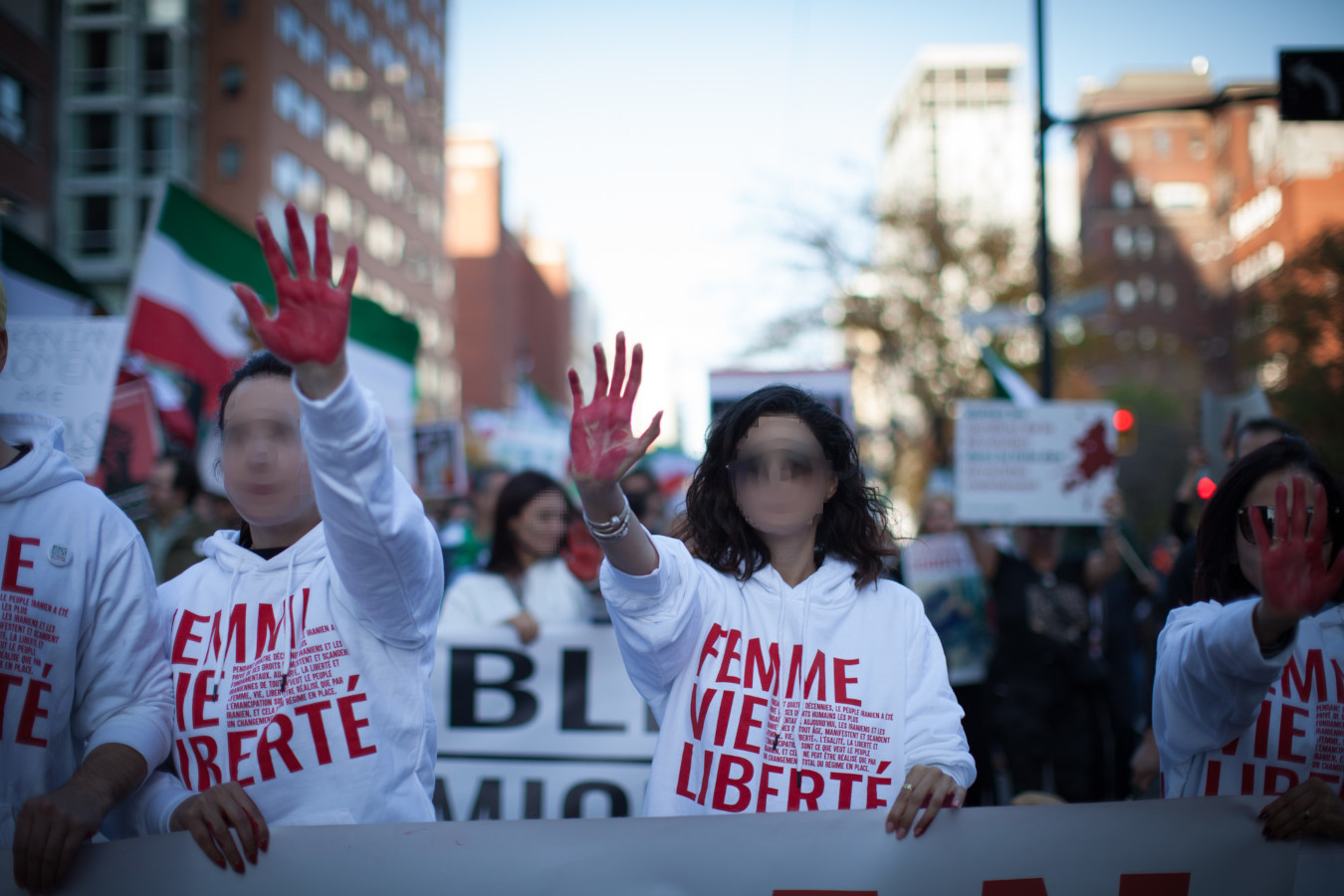
Protests took place across Canada, including Montreal. We have blurred their faces because the Islamic Republic has a history of threatening and retaliating against protestors and their families.
Pedram Khoshbakht / @pedram
Intersectional struggles for freedom
The protests in Iran brought different social groups together. They are famous as a mass act of women’s resistance, but they also involve solidarity with economic, political, and cultural repression that affect people of many identities, in all walks of life.
Niktab Etaati says, “Yes, the slogan says ‘Woman, Life, Freedom,’ but the woman includes all women identifying bodies, all marginalized bodies, all oppressed bodies. So, it isn’t just about women. It’s about all queer, non-binary people. And the ‘Queer, Life, Freedom’ is another, very powerful, slogan in this movement.” She notes that when the “Woman, Life, Freedom” protest took place in St. John’s, Newfoundland, it merged with the Pride Parade as the rallies joined forces, in a shared demand for freedom.
The 2022 protests also built on many years of dissatisfaction and resistance to the Islamic Republic. Two years previously, a wave of resistance had erupted around the destruction of Ukraine International Airlines Flight 752, which was shot down by Iran’s Islamic Revolutionary Guard, killing everyone on board. This act of mass murder fueled sustained anti-government sentiment. During the 2022 protests, signs about Flight 752 were visible in the crowd, and were among the items collected by the Museum. In fact, the Canadian-based Association of Families of Flight PS752 Victims was among the key organizers, mobilizing the Iranian diaspora across Canada and globally for these solidarity protests.
Evidence and resistance
Safaneh Mohaghegh Neyshabouri helped Niktab Etaati collect protest materials. She is an Iranian Canadian professor who teaches at the University of Calgary. She says that when she asked people to contribute their signs and other materials, “They were fascinated, and they really wanted to take part in it. They really wanted this to be recorded.”
This desire to preserve history, evidence, and the names of the oppressed can be a form of resistance to injustice. Niktab Etaati says, “One of the most powerful moments, for me, when I was participating and going into these rallies and protests was when the crowd chanted, ‘Say her name! Mahsa Jina Amini!’ It was very, very powerful because the tenet of oppression is when an injustice happens to someone, there is no consequence to the oppressor. But this time the whole nation rises and was united despite their differences”
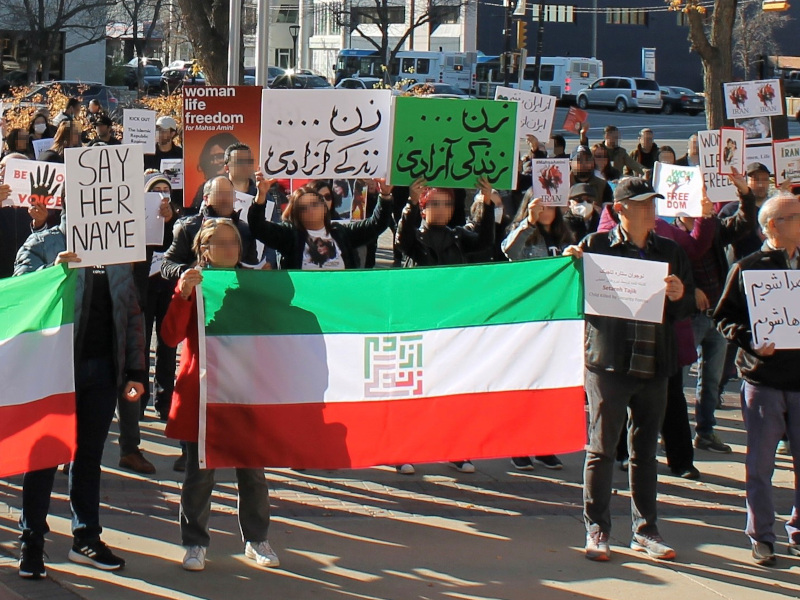
Protests weren’t limited to major metropolitan centers. For example, hundreds of people came out to protest in Saskatoon.
Paivand Society
Multiple, multicultural, histories and interconnections
Mohaghegh Neyshabouri notes that the Museum preserving these materials helps her community, “as Iranian Canadians, to have the histories of what we did and the things that happened within our community preserved is an acknowledgment to our inclusion in Canadian history.”
Niktab Etaati underscores this point, saying, “there isn’t a singular notion for Canadian history. It’s not just one narrative. It encompasses many multiple stories. People like me, people with hyphenated identities, with multiple identities, they are part of this.”
Mohaghegh Neyshabouri makes the point that, “these things don’t happen in isolation. All of this affects us in Canada. It makes us contemplate as to what our role is as citizens of a democracy to preserve our own democracy. As people who have choices, how do our choices and what we do affect other countries in their efforts to become democratic?”
Listen to Niktab Etaati and Mohaghegh Neyshabouri on Artifactuality to hear more about the Iran uprising, the solidarity protests, and the importance of preserving the multicultural and intersectional histories of Canada
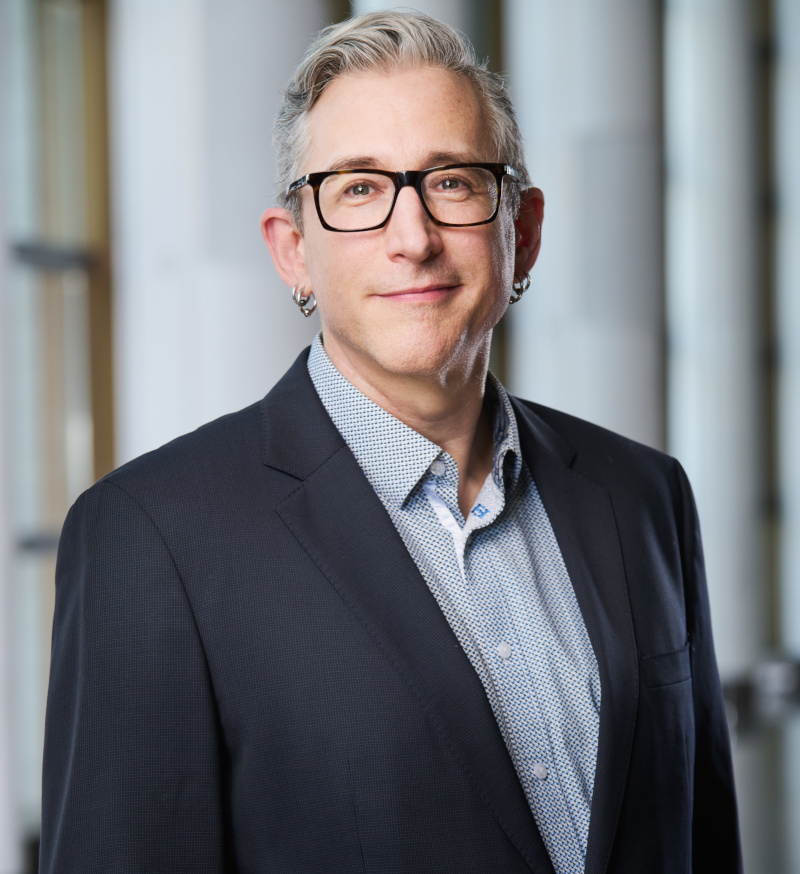
Steve McCullough
Dr. Steve McCullough is the Digital Content Strategist at the Canadian Museum of History and the Canadian War Museum. His work in digital storytelling involves compassionate and evidence-based efforts to address history, meaning and identity in our fragmented and polarizing, but also vibrant and interconnected, online environment.
